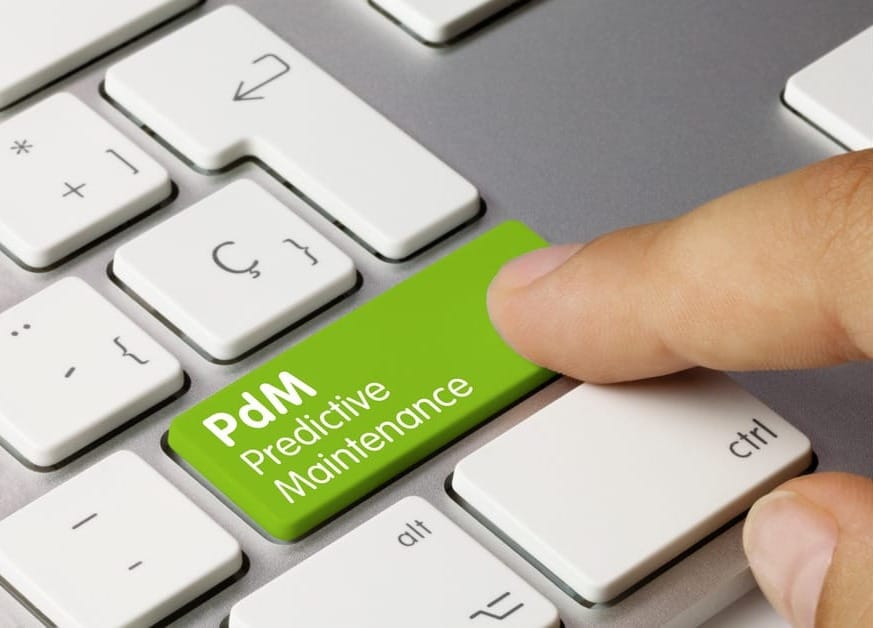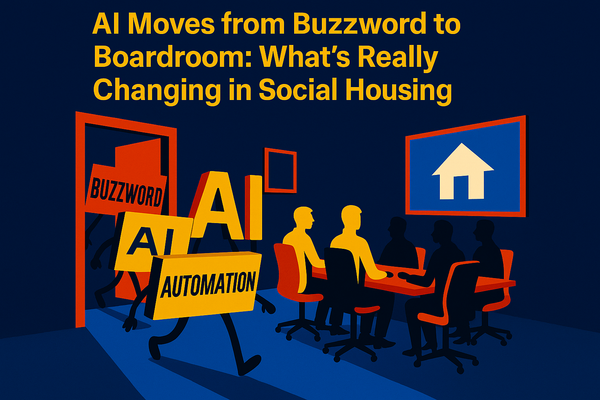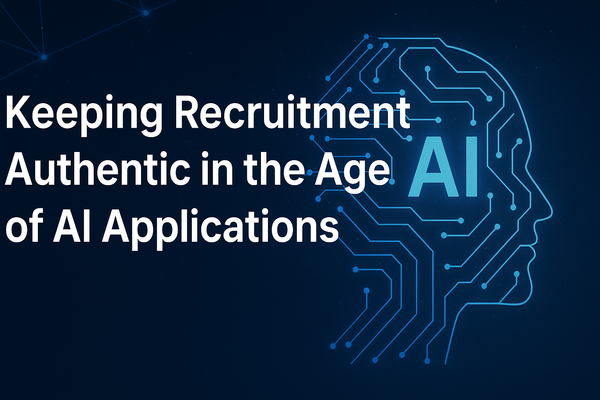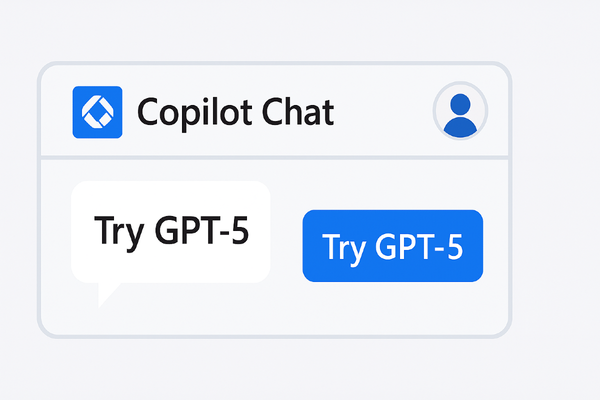Five Ways AI Can Improve Maintenance Efficiency in Social Housing

Artificial intelligence is rapidly changing the landscape of social housing, and nowhere is its impact more tangible than in the field of maintenance. With increasing pressure to deliver more with less, housing providers are turning to AI-driven solutions to streamline operations, reduce costs, and deliver better outcomes for residents. Here are five practical ways AI can boost maintenance efficiency in social housing.
1. Predictive Maintenance: Stopping Problems Before They Start
AI can analyse vast amounts of data from sensors, maintenance logs, and resident reports to predict when building components are likely to fail. Instead of waiting for a boiler to break down or a lift to malfunction, AI can flag signs of wear and tear early, prompting proactive repairs. This reduces emergency call-outs, minimises disruption for residents, and extends the life of assets.
2. Smarter Scheduling and Resource Allocation
Traditional maintenance scheduling often relies on fixed calendars or manual assessments, which can lead to inefficiencies. AI-powered systems optimise schedules by factoring in urgency, staff availability, location, and even weather conditions. This means the right operative, with the right skills and parts, is dispatched at the right time, reducing travel, cutting costs, and improving first-time fix rates.
3. Intelligent Stock and Supply Chain Management
Running out of key parts or overstocking can both be costly. AI can forecast demand for materials based on historical trends, upcoming planned works, and even external factors like supply chain disruptions. This enables housing providers to maintain optimal stock levels, reduce waste, and avoid unnecessary delays.
4. Enhanced Communication with Residents
AI chatbots and virtual assistants can handle routine maintenance queries, book appointments, and provide updates to residents around the clock. By automating these interactions, staff are freed up to focus on more complex issues, while residents benefit from quicker responses and greater transparency about the status of their repairs.
5. Data-Driven Performance Monitoring
AI can track and analyse performance metrics across the maintenance service, from response times to resident satisfaction. By identifying patterns and areas for improvement, managers can make informed decisions, set realistic targets, and demonstrate value for money. Over time, this leads to a culture of continuous improvement and greater accountability.
Adopting AI in social housing maintenance is not about replacing people—it’s about empowering teams with better information and smarter tools. By embracing these technologies, housing providers can deliver more efficient, responsive, and sustainable services that truly put residents first.
SocialHousing.ai is committed to helping the sector harness the power of AI. If you’re ready to take the next step, join our community and be part of the conversation shaping the future of social housing maintenance.



